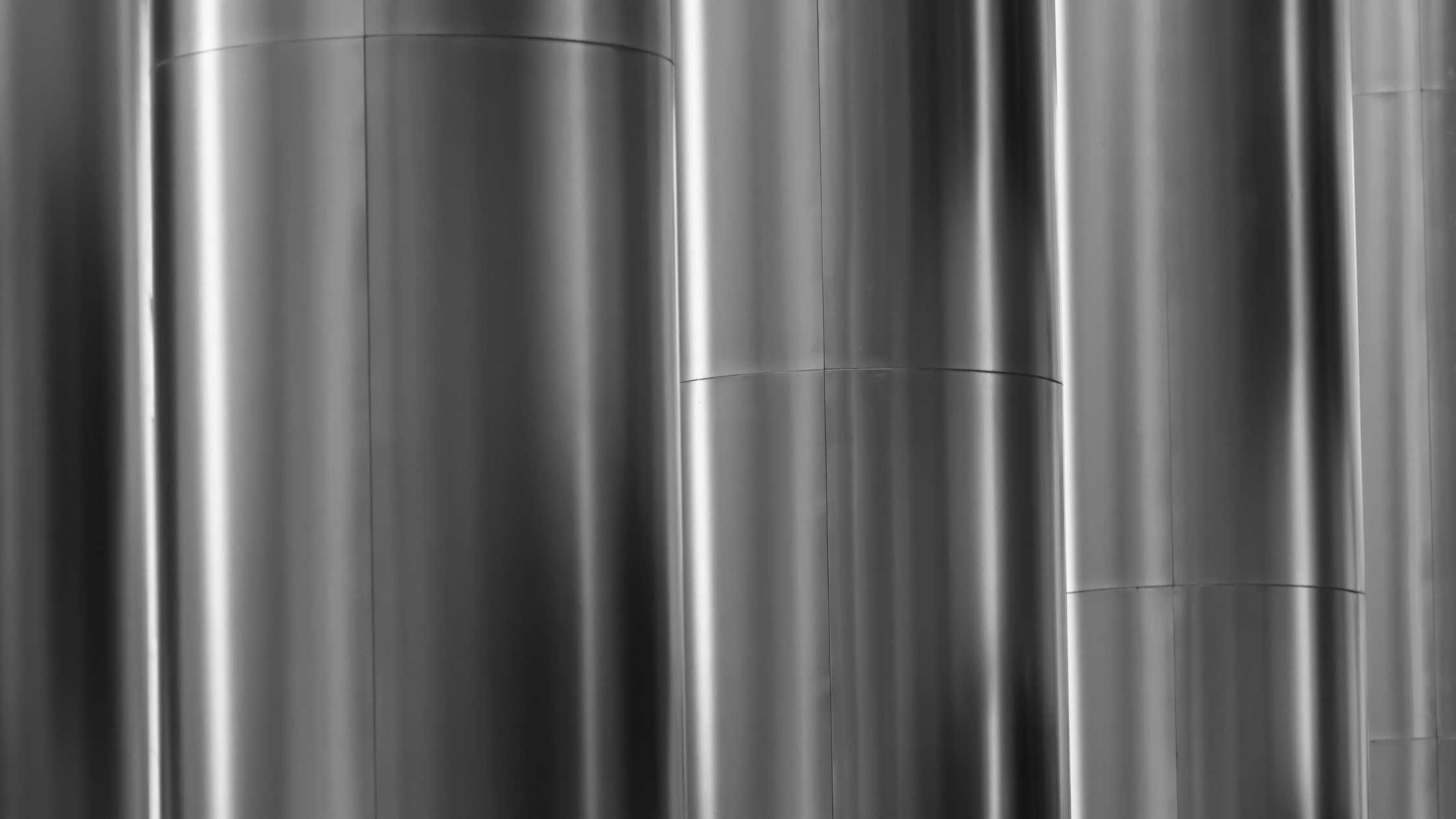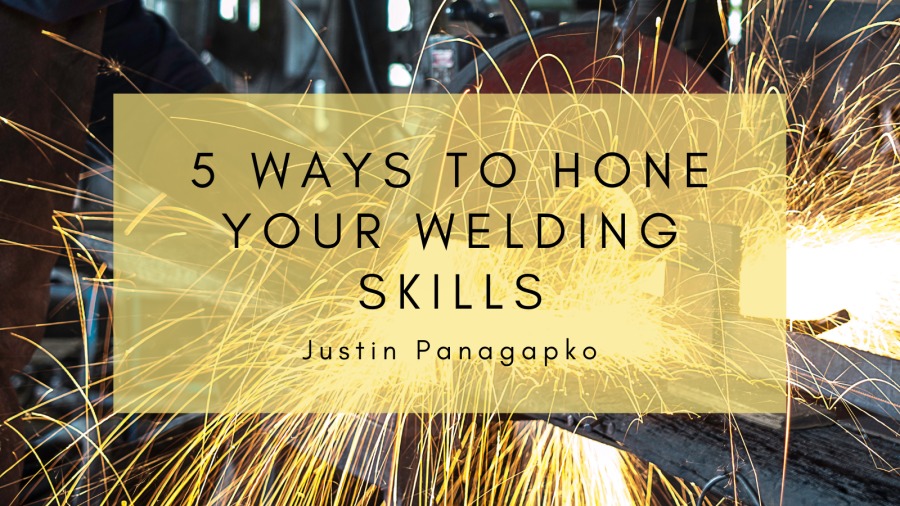Quick Tips for Welding Aluminum
Aluminum is the most widespread metal on Earth. It’s helped pioneer modern flight (finding its way into the Wright brothers’ biplane engine), was seen as a highly precious metal in the 19th century, and is even found on the moon! All of that being said, being able to weld aluminum can be a great experience if you know how to work with it. Here are some quick tips for welding this incredibly versatile metal:
Safety First
When working with anything that could potentially cause an injury, it’s critical that you make sure you have all the necessary safety equipment before starting a project. When welding aluminum, it’s important to –
- Make sure the area you are working in is well-ventilated. It’s important to do your best to avoid breathing in any potentially toxic fumes.
- Wear a welding mask, gloves, and leathers to protect your body from any hazardous splattering.
Know The Material
Aluminum does not produce any color while reaching its melting temperature – only after it reaches its melting point (being 1,221 F) does it begin to emit a dull red color. It also has double the ability to absorb shock when compared to other metals (such as steel).
Don’t Forget the Wire Brush
Remember to wire brush the material with either a copper or a brass wire brush and remove the oxide layer. A good way to know if you’re successfully breaking up this layer is when you begin to notice the metal becoming a bit dull. One direction brushing is a beneficial technique to try when doing this.
Pay Attention to Torch Angle
To see the puddle, you need to angle your torch ever-so-slightly. You’ll also want to move quickly when you feed your aluminum filler rod, and while working you’ll want to try to keep your torch as vertical as possible.
Now that you know a bit of starter info on welding with this metal, give it a go and be sure to practice, practice, practice! While you’re brainstorming what projects you want to do, don’t forget to check out the brands we sell here at Westerman’s!

Articles from Justin Panagapko
View blog
Whether you’re an amateur welder or choose the vocation to make a living, there is always room for i ...

As the shadow of the COVID-19 pandemic continues to loom over the nation, people are turning to outd ...

A career in geotechnical engineering is as exciting as it is challenging. Most engineers in this fie ...
Related professionals
You may be interested in these jobs
-
The Salvation Army Ottawa, ON, CanadaAbout The Salvation Army · The Salvation Army exists to share the love of Jesus Christ, meet human needs and be a transforming influence in the communities of our world. · We are an innovative partner, mobilized to share hope wherever there is hardship, building communities tha ...
-

Editors & Reporters
3 days ago
Jeffgaulin Kelowna, BC, Canadaca has an immediate opening for a full-time reporter/editor in beautiful Kelowna, British Columbia. We are a growing news organization in the B.The successful candidate will live in Kelowna. Company car · Company events · Dental care · Disability insurance · Candidates should ...
-
food service supervisor
14 hours ago
Zephyr and Shai Restaurant Calgary, CanadaEducation: · Expérience: · Education · Secondary (high) school graduation certificate · Tasks · Supervise and co-ordinate activities of staff who prepare and portion food · Train staff in job duties, sanitation and safety procedures · Estimate ingredient and supplies required f ...



Comments